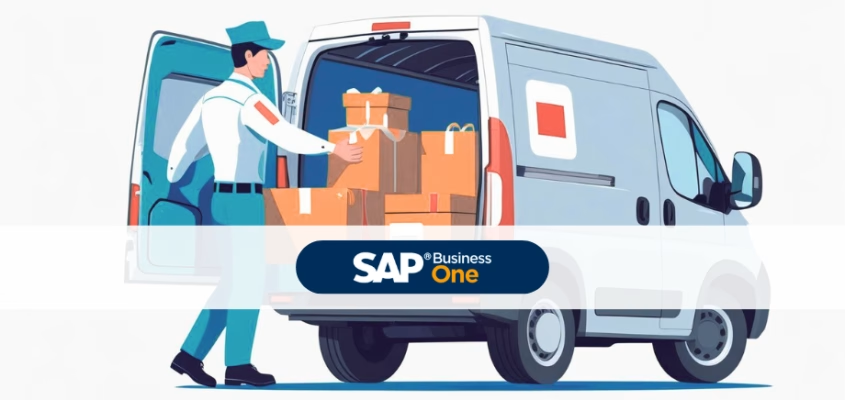If a delivery goes through more than one company, it is of great importance that the control of the Supply chains is transparent and reliable. Not an unknown fact. That is why the goods are labelled with NVE or SSCC numbers.

What does NVE mean?
NVE, which means shipping unit number and is synonymous with the English variant SSCC - the Serial Shipping Container Code. Both numbers are in turn based on the Global Location Number (GLN) of a company. These are primarily there to guarantee traceability. However, the identification of goods at every point in the supply chain also offers further advantages. Especially in quality management.
Advantages of NVE numbers
Similar to the internal production chain, it is important for deliveries that initially pass through several companies that they correspond to the customer's order at the end. If something is wrong with the end product, it can not only be difficult to identify the source of the error. It also means greater time and cost expenditure for companies. During the production chain, being able to check orders and revise them in the event of an error is at most a minor delay and sometimes no additional effort at all. In contrast to a production chain (which to date has often taken place internally), this is more about storage, retrieval or transfer of products. This is particularly valuable in the case of food (also due to legal requirements).
There are SSCC numbers for this purpose. These must be non-overlapping and clearly identifiable for each of the organisations involved. A standardised number is therefore advantageous as it is also machine-readable.
Where and how are NVE numbers used?
Indicators of an SSCC number are therefore its 18 digits and the basis of the company from which the product bearing the number originates. The number is therefore recognisable worldwide and can therefore be used across the board, especially in logistics. SSCC numbers can also be represented by a barcode, which makes it easier to read and check by machine. If the product now passes through several stations during a supply chain, these can affix various SSCC numbers and query them again and again at the individual stations. The automated recording of data reduces manual effort and guarantees the reliability of the data. This process is also simplified, as the recording of SSCC numbers can be integrated into the existing EDI can be integrated.
When does a product become NVE-capable?
In practice, every product, an entire product quantity, can also be labelled with a SSCC number. So pallets or parcels, but also containers. However, each smallest physical unit is given its own number. This means that if, for example, a pallet is delivered with lots of individual boxes, each of these boxes has its own SSCC. If the cartons are fixed to the pallet for shipping in addition to being shipped, the pallet receives an additional SSCC. If the products in the cartons are also packed in small quantities, e.g. ten Packs with individual glue sticks in a box - you can imagine - you can also number these packs individually with a SSCC. This makes sense if the packs also go through the supply chain individually. And if you are wondering whether the individual glue sticks can also be labelled with a SSCC - in theory. In practice, however, a product is assigned a GTIN as soon as it reaches its "place of purchase". You may already know what a "Global Article Identification Number" is.

Mobile warehouse 2025 with Versino Warehouse Pro

Moving average price in SAP Business One

Units of measure in SAP Business One

Warehouse management with SAP Business One

Consignment warehouse in SAP Business One


